 |
| January 14, 2021 |
Dear Reader,
The results are in: 2020 was one of the hottest years in recorded history. According to NASA, it tied with 2016, while NOAA placed it in the number-two spot. Also in climate news, scientists worry that, as temperatures rise, ecosystems may begin to release more carbon than they take in. Next up, a painting of pigs discovered in a cave in Indonesia sets a new record for the earliest figurative art—at least 45,500 years old. And lastly, vaccination rates have fallen short of what is needed to turn the tide of the pandemic. Today's lead story explains what the data suggest about tweaking vaccine doses. |
| | Sunya Bhutta, Senior Editor, Audience Engagement
@sunyaaa | |
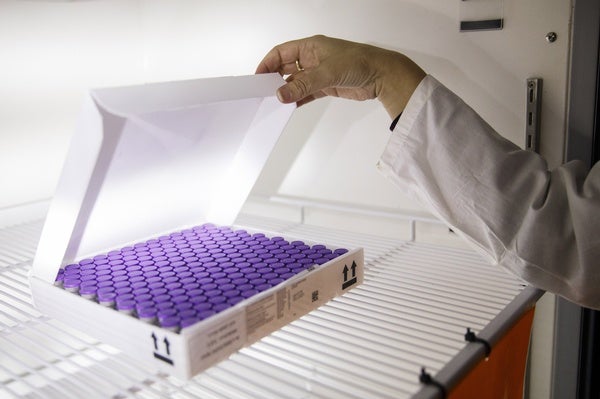 |
| |
| |
| |
| |
| |
| |
| |
FROM THE STORE
 | | | |
| |
LATEST ISSUES
 |
| |
| Questions? Comments?  | |
| Download the Scientific American App |
| |
| |



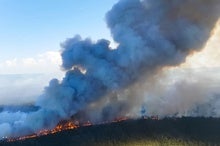

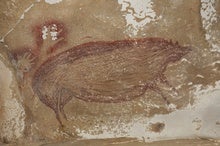

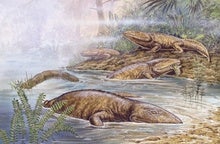
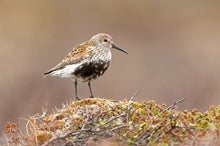
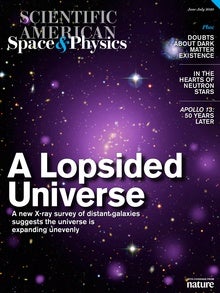



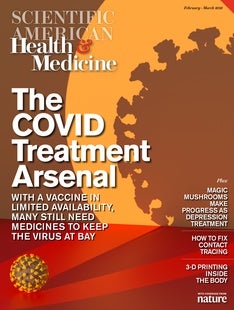

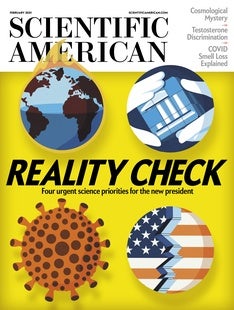
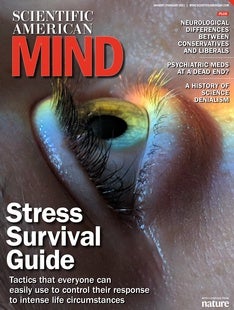
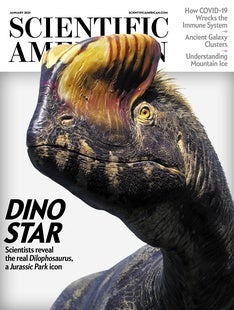



Comments
Post a Comment